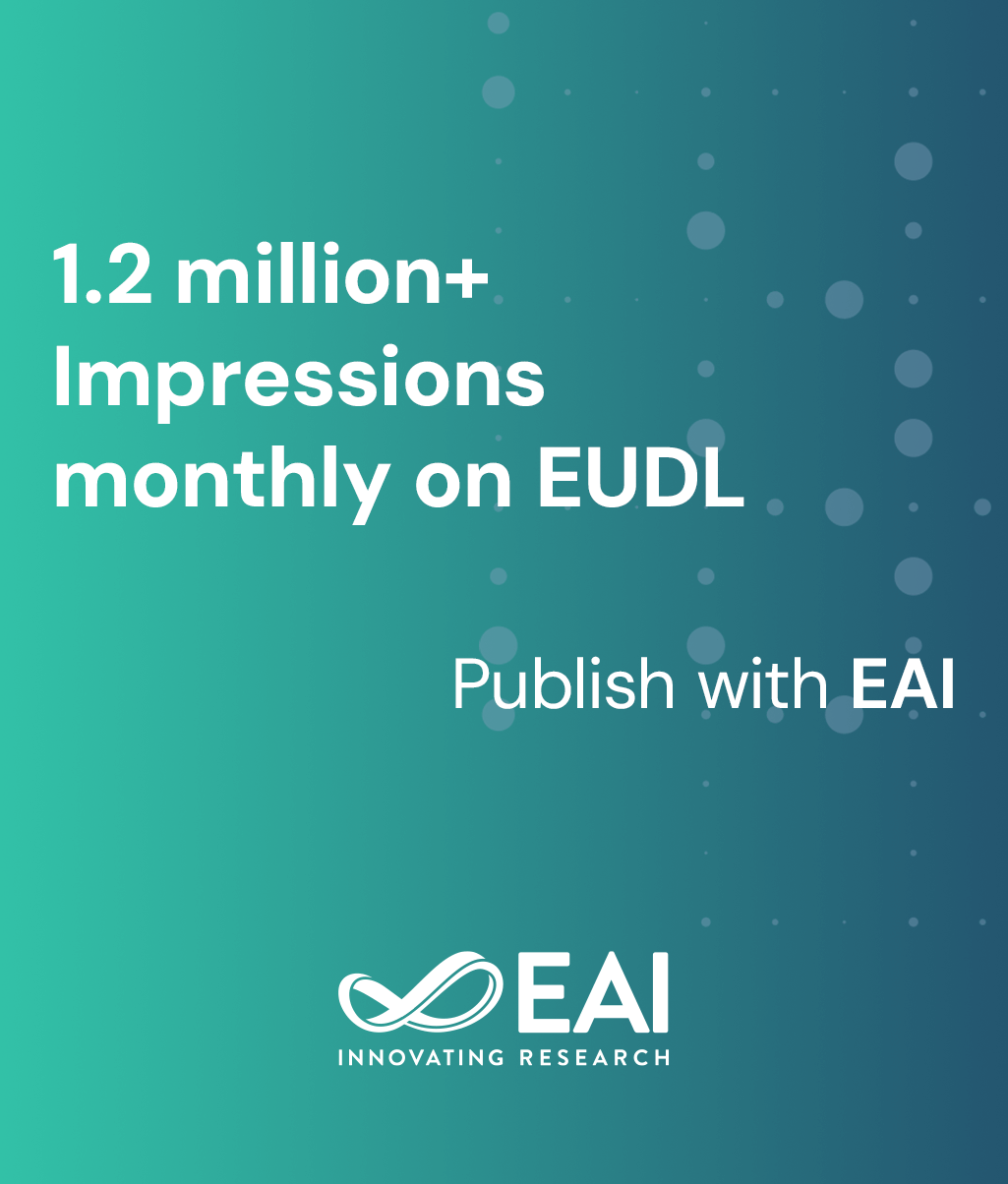
Research Article
Integrated Cloud-Twin Synchronization for Supply Chain 5.0
@ARTICLE{10.4108/eetinis.v12i2.8600, author={Divya Sasi Latha and Tartat Mokkhamakkul}, title={Integrated Cloud-Twin Synchronization for Supply Chain 5.0}, journal={EAI Endorsed Transactions on Industrial Networks and Intelligent Systems}, volume={12}, number={2}, publisher={EAI}, journal_a={INIS}, year={2025}, month={3}, keywords={Integrated Cloud-Twin Synchronization, ICTS, Digital twin, cloud computing, industry 5.0, supply chain 5.0, optimization, genetic algorithm}, doi={10.4108/eetinis.v12i2.8600} }- Divya Sasi Latha
Tartat Mokkhamakkul
Year: 2025
Integrated Cloud-Twin Synchronization for Supply Chain 5.0
INIS
EAI
DOI: 10.4108/eetinis.v12i2.8600
Abstract
The digital twin is thus emerging means of improving real-world performance from virtual spaces, especially relatedto Supply Chain 5.0 in Industry 5.0. This framework employs the integration of cloud computing and digital twin technologies to secure data storage, trusted tracking, and high reliability, is architectural for the integration of supply-chain sustainable enterprises. In this work, we introduce a high level architecture of cloud-based digital twin model for supply chain 5.0 , which was created to align the system of supply chain through real-time observation as well as real-timesupply chain 5.0 decision-making and control. This study introduces a cloud-based twin optimization model for Supply Chain 5.0, validated through genetic algorithm (GA) simulations. The model determines optimal weights to balance objectives, achieving an optimal objective function value that reflects trade-offs among operational efficiency, cost, and sustainability. A convergence plot illustrates the model’s iterative solution improvements, demonstrating its dynamic adaptability. Lastly, the proposed model defines and test a supply chain performance analysis through dynamic simulations.
Copyright © 2025 D. Sasi Latha et al., licensed to EAI. This is an open access article distributed under the terms of the CC BY-NC-SA 4.0, which permits copying, redistributing, remixing, transformation, and building upon the material in any medium so long as the original work is properly cited.


